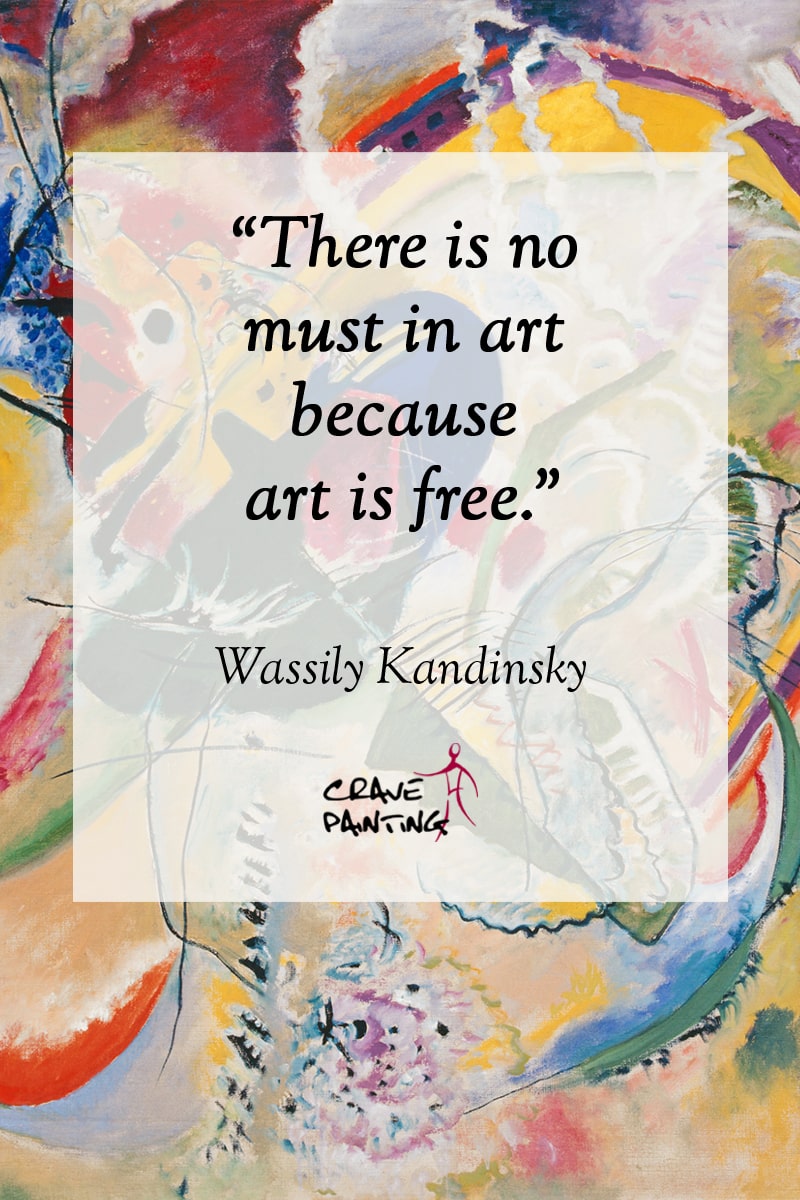Art

ART at Charlestown
Through Art and Design at Charlestown, teachers recognise that in art, a more valuable and relevant learning experience comes from underpinning technical and formal knowledge with an experiential understanding about what it is to be a creative human. Our curriculum is designed to balance this development of knowledge and skills year after year while letting the children experience and discover art, craft and design for themselves.
Each unit of work is built around the process of:
- Generating ideas through studying an artist, craft maker or designer
- Developing knowledge and skills
- Making
- Evaluating
Within each topic, concepts or ‘big ideas’ are woven to allow children to make connections between their learning. Art and Design key concepts are returned to throughout the Year Groups to ensure children have a clear understanding of them, gain a mastery of skills and enabling them to be held within their long-term memory.
|
Concept |
Why study this concept? |
|
Colour |
Colour is the most complex artistic element of art and design because of the combinations and variations inherent in its use. Humans respond to colour combinations differently, and artists study and use colour in part to give desired direction to their work. Within our curriculum, the concept of ‘colour’ will be introduced in the EYFS and revisited throughout their time at Charlestown. |
|
Pattern |
A pattern is a design in which lines, shapes, forms or colours are repeated. The part that is repeated is called a motif. Patterns can be regular or irregular The children will learn how to apply pattern to their own art work exploring different tools to create them. |
|
Texture |
Within the concept of texture, at the most basic level, three-dimensional works of art such as; sculpture, pottery, textiles, metalwork and architecture have actual texture which is often determined by the material that was used to create it: wood, stone, bronze, clay etc. However, in terms of two-dimensional works of art like paintings, drawings, and prints artists try to show implied texture through the use of lines, colours, or other ways. |
|
Line |
Line is defined as the path created when an object moves from one point to another. There are many different types of lines, all characterised by the length and width of lines. Lines can be static or dynamic depending on how the artist chooses to use them. It is important to study ‘line’ as the concept because we would like our pupils to understand that lines help determine the motion, direction and energy within a piece of artwork; whether this is within pottery, an architecture style or a painted piece. |
|
Shape |
Shape is a flat area surrounded by edges or an outline. Artists use all kinds of shapes. Geometric shapes are precise and regular, like squares, rectangles, and triangles. Children will be familiar with shapes in line with our Maths curriculum and they will have chance to apply their shape knowledge within art itself. They will understand that shapes can be created in many different ways, the simplest by enclosing an area with an outline or surrounding an area with other shapes. |
|
Form |
Form is sometime used to describe a shape that has been implied as a three-dimension subject within artwork. |
|
Space |
The Element of Design Space refers to the area within, around, above or below an object or objects. It is important to creating and understanding both two dimensional or three dimensional works of art. With three dimensional art the space things occupy is real as is the space around an object. In two dimensional art this is definitely not the case. Two dimensional art exists on a flat surface, so if something looks three dimensional- it is an illusion! Even the most realistic paintings or photographs are illusions. Two dimensional artists use a number of "tricks" for creating the illusion of depth in their art. |
 Charlestown Community Primary School
Charlestown Community Primary School